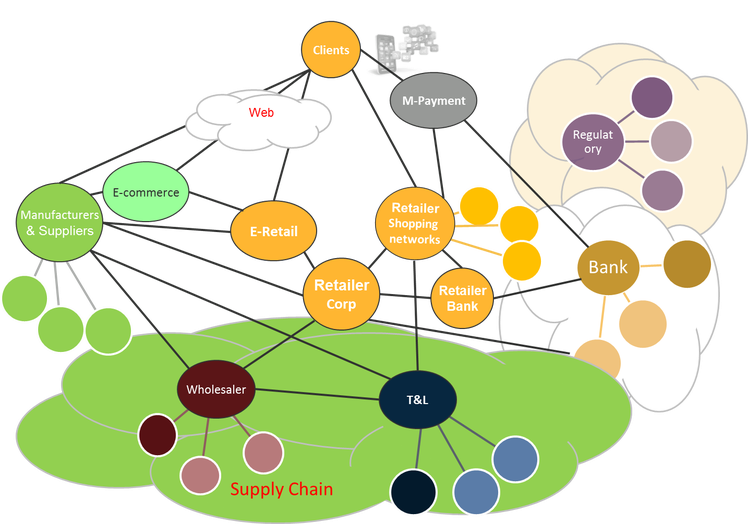Year after year from 2006 to 2016, Amazon grew by 27% on average (1). Its online eCommerce business, per Deloitte, has even seen peaks at 850% when other eCommerce sites grew at an average rate of 20%! Over the same period, the brick & mortar retail market grew, as it should do, at the rate of the GDP, around 2-3%. When it comes to eCommerce or retail, there is Amazon, and then there is everyone else. That is why you need API for retail in your back pocket.
By Acquiring Whole Foods, Amazon has struck two strategic objectives at once. No wonder why the capital value of Amazon soared up by more than the 13 billion dollars spent on the acquisition, while other brick & mortar retailers lost as much on the same day.
First, Amazon has decided to position itself on what will make the future of API for retail, namely organic food, bio-products, sustainable facilities, even expanding the Whole Foods product catalog and aisles to include garden equipment, household electronics, sportswear, handbags, pet supplies, golf clubs, video games, plumbing supplies, luggage, headphones and climbing gear.
Second, Amazon has finally concluded that online eCommerce alone is not the way to go. Neither is brick & mortar alone. Shopping experience is one that is customer-centric, that allows customers to weave their shopping journey across digital and physical retail as if they’re not two separate things.
Physical and virtual retail, however, are not the only pieces of the huge retail ecosystem that contribute to the customer experience. As you can see in the diagram, many other entities contribute to fulfilling the customer journey, such as suppliers, banks, governmental agencies, 3PL and so on.
Collaboration between retailers and external entities will balance and complete what they do themselves. A typical example is how retailers move the responsibility for replenishment processes to suppliers–for example in direct store delivery. But one of the roadblocks is trust. If retailers want to move the responsibility of replenishment to suppliers, they must give them full visibility on store stock, sales and all other relevant data.
Unless you can acquire the entire retail ecosystem above, you will need to adjust your processes, data flows and governance to be part of it as if it were a single entity at the service of the customer experience. Going forward, and to better serve the customer, organizations need to further tap into their entire ecosystem of employees, suppliers, partners, external data sources and services–what Axway calls customer experience networks–whether the customer is in a B2B or B2C industry.
Implementing a CX Network is largely about creating a community. Its success will reside in how fast you can achieve a critical mass of interactions with your ecosystem organizations. From a technical point of view, you will need an integration platform with at least the following capabilities:
- An API Management layer that allows you to publish your service interfaces and make them accessible to all CX Network members while enforcing security, authentication and confidentiality of information.
- A mobile application development framework that accelerates time to market of mobile app development.
- Analytics technology that allows you to measure usage and performance, have visibility on supply chain processes and obtain predictions on future customer behavior and trends.
- Integration technology, including EDI, MFT and API that allows you to exchange business documents with partners and integrate network members’ data.
- A member directory tool that automates members onboarding and lifecycle, keeps up-to-date members’ business details as well as technical details for automated business interactions.
Make API for the retail part of your methodology.


